With so many lives on the line, proper law enforcement firearms instruction is absolutely crucial to any police department’s ongoing training efforts. That is why Action Target has hosted its Advanced Law Enforcement Training Camp (LETC) for more than 20 years. This September, from the 9th to the 13th, marks another year as law enforcement departments from across the country and the world meet at Action Target’s headquarters for unparalleled advanced firearms training.
LETC is designed to aid department firearms instructors in their training effectiveness and skill – and to pass that on to officers in their own agencies. Classes are geared toward getting participants out of their comfort zones and pushing beyond their current skill levels. Past classes have enabled even the most experienced professionals to excel further and improve.
J.C. Boylan, Range Master from Maricopa County, Arizona, participated in LETC 2011. “The firearms training and range were excellent,” Boylan said. “I have been a firearms instructor since 1984 and trained with some outstanding trainers…I can say because of Action Target’s LETC, I became a better and more confident shooter as well as a better firearms instructor.”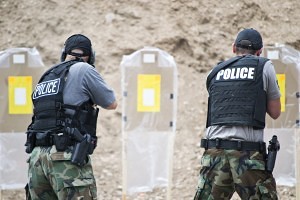
Participants choose four eight-hour classes to attend from the 11 offered.
This year’s classes include:
- Advanced Practical Handgun
- Ultimate Shotgun
- Extreme Close Quarter Battle Tactics with Hands, Knife, and Pistol
- Rapid Deployment Patrol Rifle Operator
- Training for the Fight with the Pistol
- Emergency Medical Response for Firearms Instructors
- Shoot, Move, Communicate
- Glock Armorer’s Course
- Reactive Shooting
- Shoothouse Training – Instructor Training
- High Performance Handgun
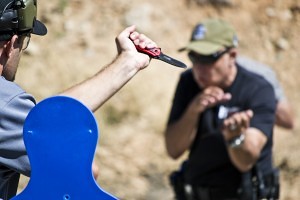
Classes will be held both at Action Target headquarters in Provo, UT, and the Utah County Sheriff’s Office Thistle Firing Range – just a short drive up the canyon in Thistle, UT.
Action Target has selected some of the best firearms instructors in the industry including instructors from Safariland Shooting School, Hoffner’s Training Academy, Spartan Tactical Training Group, and others. These instructors offer decades of experience in firearms and tactical training.
“The intensity of the conference was welcomed, and it was a true privilege to be among the world’s best instructors in the business,” Detective Juan Lopez said. “The training was beyond thorough, [Action Target’s staff’s] hospitality was over the top, and this training was hands down the most bang for your buck. The detailed lesson plans helped me to document and remember what I learned at the conference so I can continue to develop my skills as well as pass this training on to our officers who were unable to go. This was nothing less than the ultimate training experience and every range instructor’s dream.”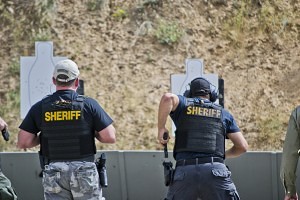
A $500 tuition provides:
- Four eight-hour classes taught by world class firearms instructors (choose from selection of 11)
- Six meals (four lunches, BBQ dinner, and the closing banquet)
- LETC “Dirty Harry” competition
- LETC collectible T-shirt
- Official certificate of completion signed by instructors
- Collaboration with training professionals across the country
Attendees are required to bring their own weapons and ammunition. If the current ammunition shortage is preventing you from attending, please contact us as we may have a solution for you through Salt Lake Wholesale Sports for most common handgun and rifle calibers.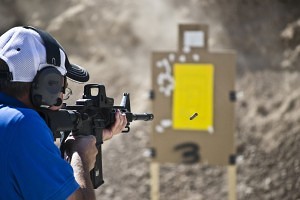
Registration is currently underway. Go to www.ActionTarget.com/calendar and follow the link under the “More Info” column for Sept. 9 – 13. Submission instructions are located at the bottom of the page. Contact Dallon Christensen at [email protected] for any registration questions or concerns including ammunition needs. LETC is limited to the first 160 paid applicants, and classes are first-come first-served. Slots are filling up fast, so register today!
While primarily geared toward law enforcement firearms trainers, all law enforcement are invited to attend. Join us for a week of top-notch firearms training!







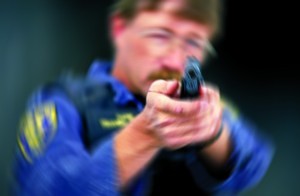 The officer then hit me with a question, “How would being injured in a fire fight encounter affect your firearm accuracy?” Being young and cocky, my response was, “That should not matter, sight alignment and sight picture would be the same. I still should be able to hit the threat no matter what.” The old salty police officer looked at me as he leaned back in his chair and just smiled. After a few moments of both of us just staring at each other, the old guy said, “I will give you credit for being a good firearms instructor, but I can see that there are some things you have yet to experience in this life as a police officer.” After that brief lunch, it was as if I had just been educated by one of the three wise men.
The officer then hit me with a question, “How would being injured in a fire fight encounter affect your firearm accuracy?” Being young and cocky, my response was, “That should not matter, sight alignment and sight picture would be the same. I still should be able to hit the threat no matter what.” The old salty police officer looked at me as he leaned back in his chair and just smiled. After a few moments of both of us just staring at each other, the old guy said, “I will give you credit for being a good firearms instructor, but I can see that there are some things you have yet to experience in this life as a police officer.” After that brief lunch, it was as if I had just been educated by one of the three wise men.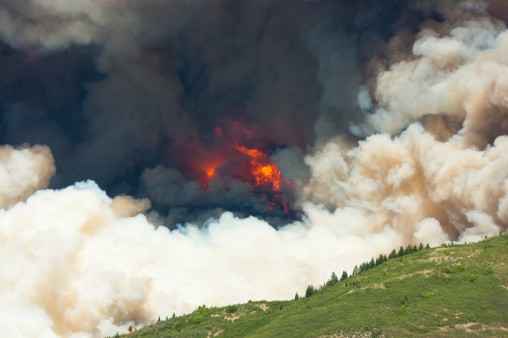 More than 20 wildfires have been started by target shooting this year in Utah alone with dozens more started in Idaho, New Mexico, Arizona, Nevada, and Washington. Many of those fires could have been prevented or stopped had the shooters been prepared. Here is a list of 10 things shooters can do to prevent wildfires while target shooting:
More than 20 wildfires have been started by target shooting this year in Utah alone with dozens more started in Idaho, New Mexico, Arizona, Nevada, and Washington. Many of those fires could have been prevented or stopped had the shooters been prepared. Here is a list of 10 things shooters can do to prevent wildfires while target shooting: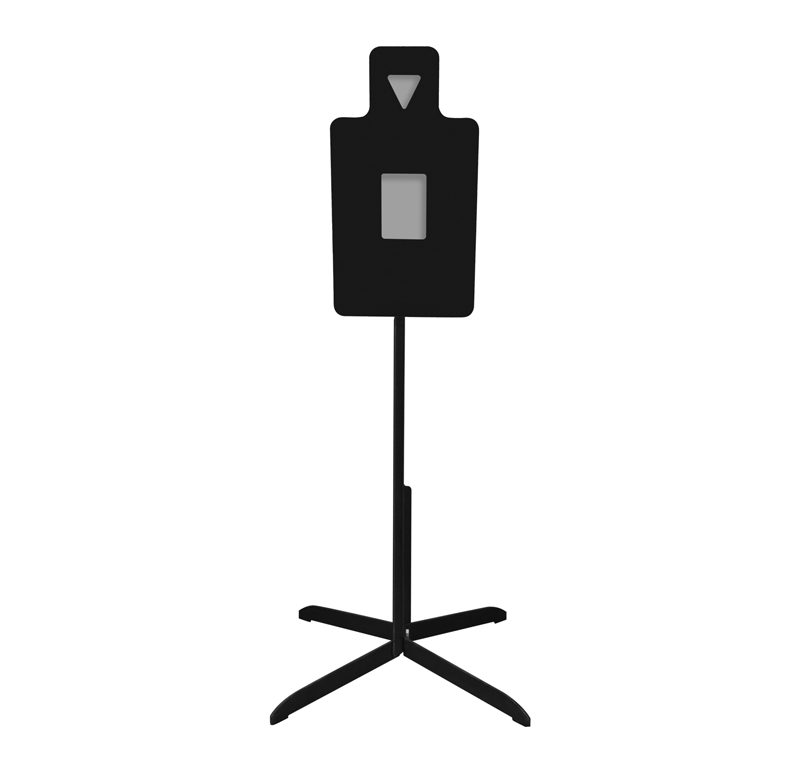 Action Target is pleased to announce its newest target – the AT Tactical Torso. The AT Tactical Torso is the upgraded version of the popular
Action Target is pleased to announce its newest target – the AT Tactical Torso. The AT Tactical Torso is the upgraded version of the popular 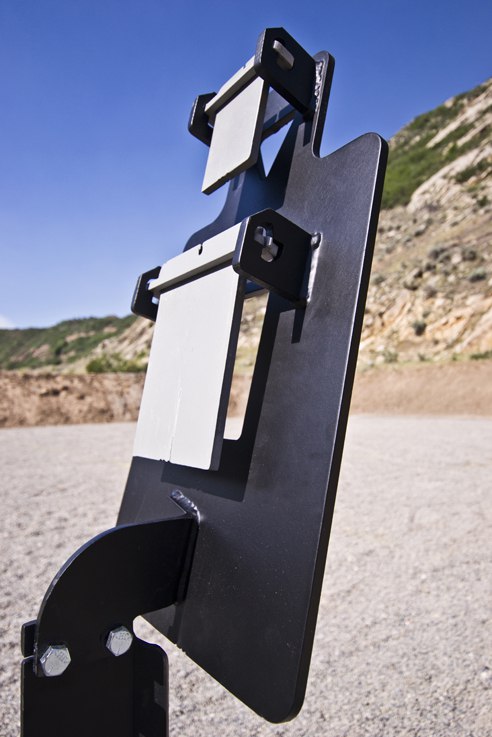
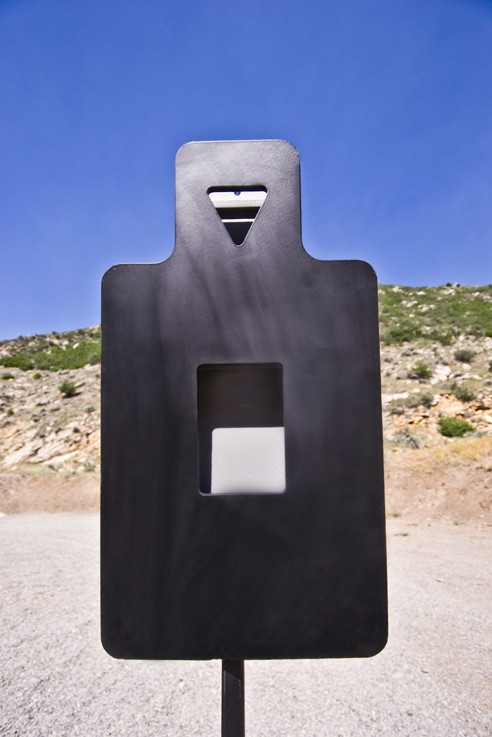
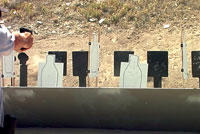
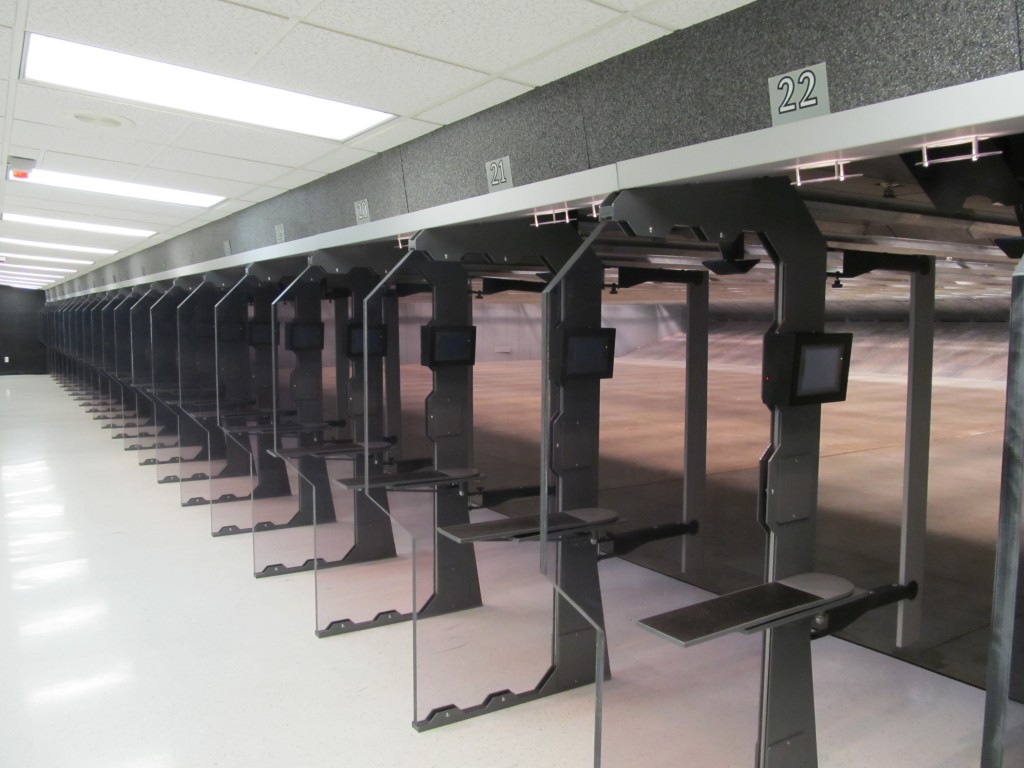 Because
Because 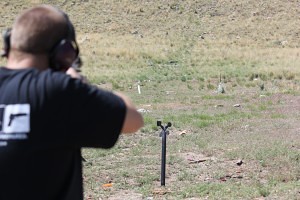 You asked for it, so we’re giving it to you: our first reactive steel target under $50.
You asked for it, so we’re giving it to you: our first reactive steel target under $50.  The Spinning Jack is a safe way to enjoy shooting with the family without having to go down range to reset or replace your target. With alternating circle and square plates, the jack spins in its stand when shot so there is always an exposed paddle to engage. Made of 1/4″ AR500 armor steel, the Spinning Jack can be shot with anything from .22 rimfire to .44 magnum.
The Spinning Jack is a safe way to enjoy shooting with the family without having to go down range to reset or replace your target. With alternating circle and square plates, the jack spins in its stand when shot so there is always an exposed paddle to engage. Made of 1/4″ AR500 armor steel, the Spinning Jack can be shot with anything from .22 rimfire to .44 magnum.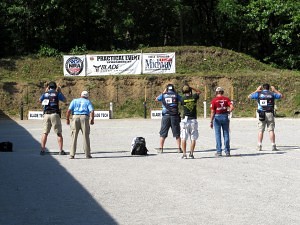 “The Bianchi Cup is unique from other shooting competitions because it uses turning targets and other target systems a bit more advanced than you would normally see at a competition,” said David Mathis, Director of Marketing for Action Target. “Those systems are what we specialize in at Action Target, so working with the NRA to support this match is something we are proud to do each year.”
“The Bianchi Cup is unique from other shooting competitions because it uses turning targets and other target systems a bit more advanced than you would normally see at a competition,” said David Mathis, Director of Marketing for Action Target. “Those systems are what we specialize in at Action Target, so working with the NRA to support this match is something we are proud to do each year.”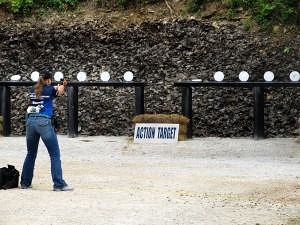 The Midway USA & NRA Bianchi Cup features four different matches shooters can compete in: The Practical, The Barricade, The Moving Target, and The Falling Plate events. Shots are fired from 10 yards up to 50 yards with the shooters’ scores determined by their accuracy on each target. The shooters’ final scores are the sum of their scores for all four matches. This year 237 shooters competed for the national title with the Bianchi Cup going to
The Midway USA & NRA Bianchi Cup features four different matches shooters can compete in: The Practical, The Barricade, The Moving Target, and The Falling Plate events. Shots are fired from 10 yards up to 50 yards with the shooters’ scores determined by their accuracy on each target. The shooters’ final scores are the sum of their scores for all four matches. This year 237 shooters competed for the national title with the Bianchi Cup going to 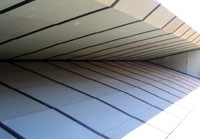 The equipment you install in your shooting range can also have a significant effect on your future success. If you anticipate a large number of shooters on your range every day, you may want to reconsider the
The equipment you install in your shooting range can also have a significant effect on your future success. If you anticipate a large number of shooters on your range every day, you may want to reconsider the 
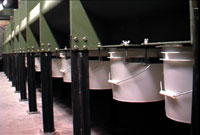 Time is money. The more time the range is shut down for service, the less money the range is making. In other words, each time a range has to shut down should be viewed as a potential loss of revenue. A range using a conveyor belt doesn’t have to shut down in order to service the trap because the conveyor is constantly collecting the fired rounds. When the range does shuts down for general maintenance, the workers don’t have to deal with clearing buckets and can better spend their time elsewhere.
Time is money. The more time the range is shut down for service, the less money the range is making. In other words, each time a range has to shut down should be viewed as a potential loss of revenue. A range using a conveyor belt doesn’t have to shut down in order to service the trap because the conveyor is constantly collecting the fired rounds. When the range does shuts down for general maintenance, the workers don’t have to deal with clearing buckets and can better spend their time elsewhere.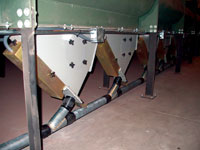 Contrarily, a
Contrarily, a 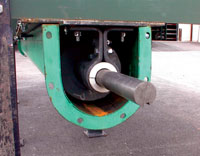 A final reason why the conveyor system is recommended in Total Containment Traps is safety. If a canister is allowed to overfill, the rounds will remain in the bullet trap and can potentially cause ricochet and/or clogging. Barrels can become filled with lead in as little as two weeks. The more the lead piles up, the bigger the safety issue. Range safety is critical and the screw conveyor system is the best choice for optimal safety.
A final reason why the conveyor system is recommended in Total Containment Traps is safety. If a canister is allowed to overfill, the rounds will remain in the bullet trap and can potentially cause ricochet and/or clogging. Barrels can become filled with lead in as little as two weeks. The more the lead piles up, the bigger the safety issue. Range safety is critical and the screw conveyor system is the best choice for optimal safety.